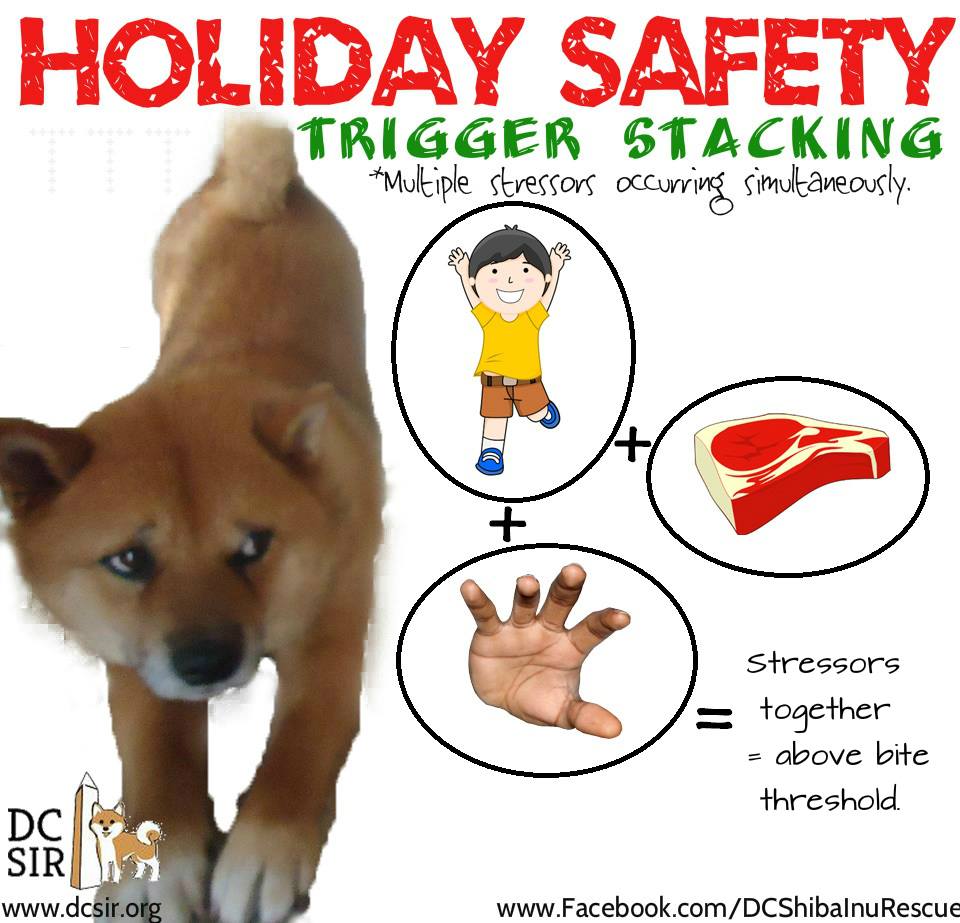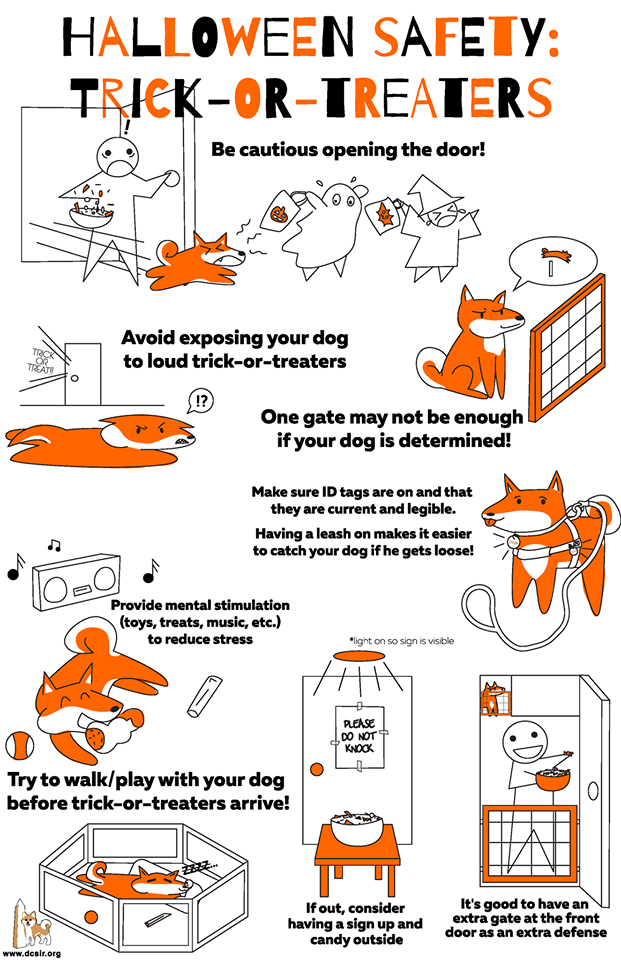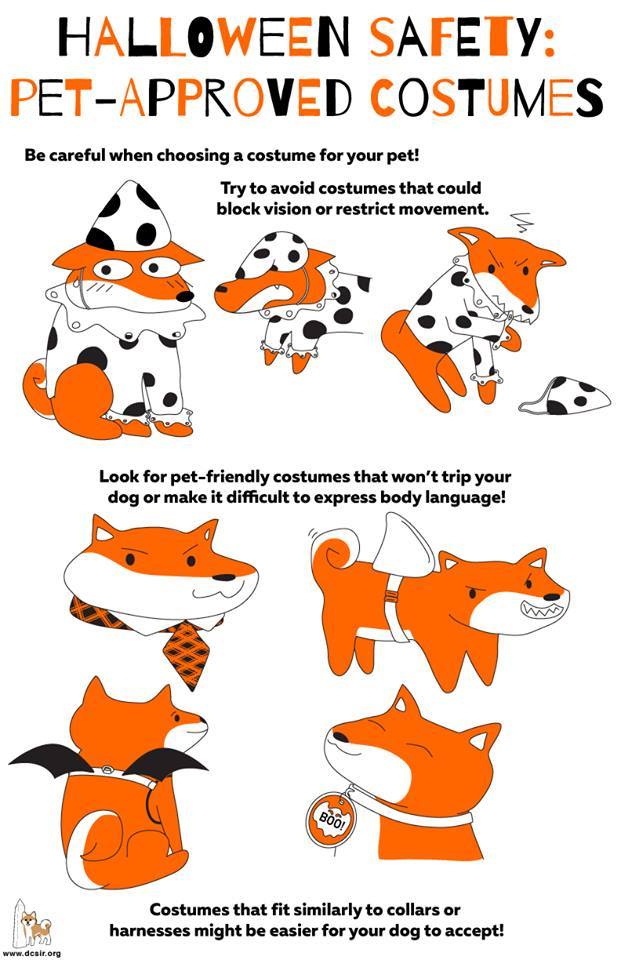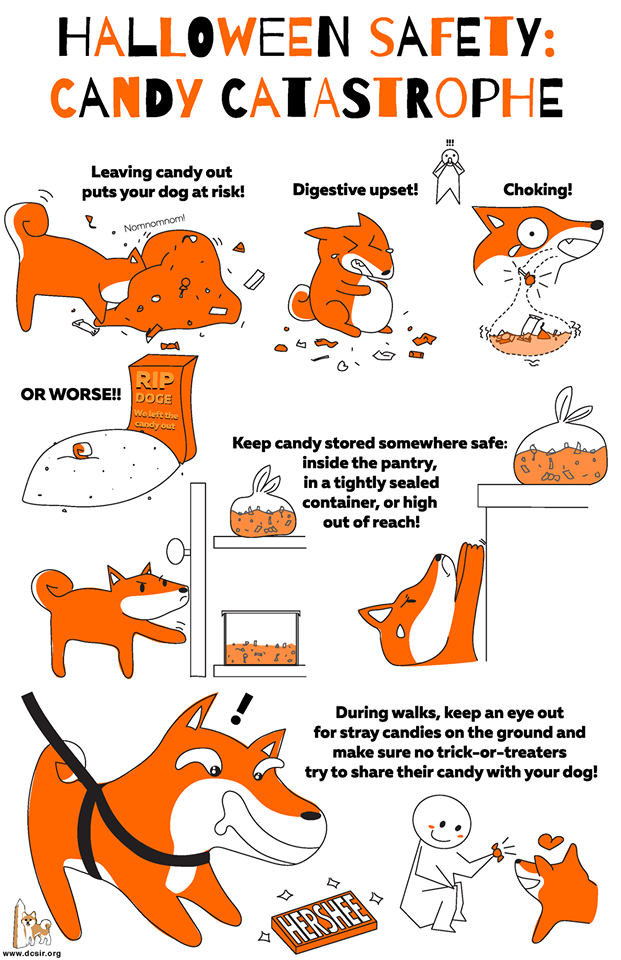
Nearly every holiday, DC SIR receives calls from distraught Shiba Inu owners wanting to surrender their lifelong companion because s/he “just bit out of the blue.” What we try to explain to people is that exposing your dog to multiple and new stressors can cause any dog to bite. It is your responsibility to be your dog’s advocate and manage their environment to prevent this frequent holiday disaster.
Having family and friends over for large gatherings? Don’t overwhelm your pet or let kids taunt your dog, give them a quiet place to rest with favorite toys and white noise or a television to drown out visitors and unfamiliar sounds. Be cognizant of all the tempting holiday food that may be in reach of your pet so you don’t get bit trying to snatch a steak out of Fido’s mouth. Better yet, teach the ‘drop it command’ for life’s unexpected occurrences.
The biggest issue we hear on holiday calls is the dog guardians missing the obvious escalation to a bite which could be best described as “trigger stacking.” That is a combination of above threshold stressors, when alone, a dog may tolerate, but coupled with other triggers, result in a bite.
For example, if your dog does not like screaming children but tolerates them on walks; does not like to be petted by strangers but will accept occasional pats when relaxed; and when your dog does not want to release delicious treats but you can manage to retrieve a high value items in the quiet of your home when trading up. Now imagine a screaming child rushing to your dog who has snatched up a piece of meat that was dropped on the floor during a busy holiday gathering and a stranger reaches down to pet your dog. Even if these do not occur simultaneously, the build-up of these stressors over hours can set up a dog to bite. Inevitably, these calls always consist of “but I could always take food from my dog” or “they always allowed kids to pet them” but what is not taken into consideration is the level of stress that accumulates over the day/week during the holidays.
Additional tips on holiday safety:
1. Learn dog body language! This is step 1 even before training. Learn to identify signals that your dog is uncomfortable.
2. Make a list of all stressors and remove or manage these from your dog’s environment.
4th of July & New Years: Fireworks

Another holiday rolling around and your dog is afraid of fireworks. In addition to the typical safety tips there is a lot you can do to prevent or lessen your dog’s fear if you plan ahead and start the desensitization process early!
Halloween

1. Be cautious opening the door.
The Shiba Inu is known as a door bolter! Even if you have a well-trained Shiba, the parade of scary costumes and frequent knocking can set any dog off and out the door!
2. Avoid exposing your dog to loud trick-or-treaters.
Many dogs can be sensitive to screaming children and strangers yelling. Remember this is likely a strange event for them and could make a fearful dog more fearful or a reactive dog more reactive.
3. One gate may not be enough if your dog is determined.
Remember this is a lot to expose your dog to one day a year. If needed, use closed doors, multiple gates and xpens to block off access to the front door.
4. Ensure your dog is wearing identification.
Even if you don’t normally keep a collar and harness on your dog, consider doing so on this evening. If they do get out, having identification can prevent them from being dropped off at a shelter or worse, kept as someone else’s pet!
5. Provide mental stimulation: Imagine sitting through a stressful event with nothing to do? Giving your dog a high-value treat that occupies their brain can take the focus away from the strange happenings on Halloween!
6. Walk your dog before trick-or-treaters arrive.
Getting your dog’s exercise early will prevent potential issues with trick-or-treaters and the feel-good hormones released from the exercise will be an added bonus.
7. If you’re out, consider leaving a sign up and candy outside.
Put a sign on your door asking people NOT to knock or ring the doorbell to prevent this constant noise while you’re gone. Letting people help themselves to candy outside is a way to participate in the fun even if you can’t be there and keep it stress-less for your pup.
8. Consider a gate at the front door, too. If you are still considering where to put xpens or gates, definitely place one at the front door because this is where all the action is. This gives you an extra line of defense to prevent your dog from getting out.

1. Be careful when choosing a costume for your pet.
You should try to avoid costumes that could block vision or restrict movement. This can be dangerous, disorienting and uncomfortable for your pet, and can also increase stress in your dog.
2. Look for pet-friendly costumes that won’t trip your dog or make it difficult to express body language.
It is important for you and your pet to be able to read your dog’s body language during this stressful time and you don’t want a costume getting in the way.
3. Costumes that fit similarly to collars or harnesses might be easier for your dog to accept.
Most dogs are happiest wearing nothing but their birthday suit, so if you must dress them up, consider choosing something that is similar to what they wear on a daily basis. For example, decorating their harness that they wear every day for walks is an easy transition.

1. Leaving candy out puts your dog at risk, not only for digestive upset, but even the possibility of death.
Not only can the ingredients in some candies make your pet very sick, such as chocolate or xylitol, other hazards are overindulgence (because pets tend to gorge themselves) and candy wrappers, which can cause a life-threatening bowel obstruction.
2. Keep Candy stored somewhere safe.
Inside the pantry, in a tightly-sealed container, or high out of reach. To avoid the above issues, keep candy well out of reach of pets at all times.
3. During walks, keep an eye out for stray candies on the ground and make sure no trick-or-treaters try to share their candy with your dog.
This is another reason to walk your dog before trick-or-treating starts and before dark; additionally, keep an eye out the day after Halloween for stray candies.
For more information on holiday preparation:
6 Ways to Prepare Your Dog for Fireworks Starting TODAY
Learn to Speak Dog
Trigger Stacking
Webinar for Parents: Keeping Kids and Dogs Safe Over the Holidays
Top 10 Safety Features When Choosing A Halloween Costume For Your Pet
Top 10 Halloween Pet Safety Tips
Halloween Candy Dangers to Dogs
Sign up to receive the weekly Training Tip Thursday email for more information on these topics!
